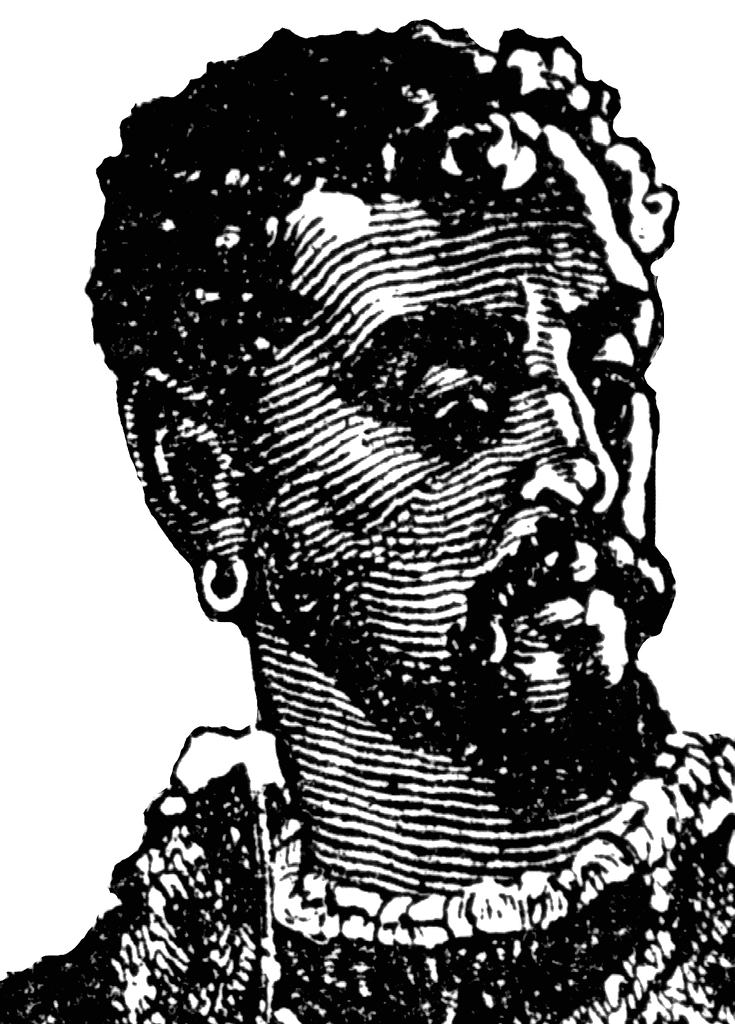
Is Iago fueled by vengeance as a motive (because he was not promoted or because Othello slept with Emilia) or is he simply fueled by the desire to cause destruction?
 A notable example would be Laurence Fishburne's portrayal of the character in the 1995 film Othello. Fishburne is quite clearly not of Moorish descent but rather of African-American. This, however, still served its purpose in the movie to demonstrate the attitude towards moors within the play. An African-American actor was perhaps chosen as in 1995 as racial discrimination towards African-Americans was a hot topic at the time and audiences could relate to the themes of discrimination present in the play.
A notable example would be Laurence Fishburne's portrayal of the character in the 1995 film Othello. Fishburne is quite clearly not of Moorish descent but rather of African-American. This, however, still served its purpose in the movie to demonstrate the attitude towards moors within the play. An African-American actor was perhaps chosen as in 1995 as racial discrimination towards African-Americans was a hot topic at the time and audiences could relate to the themes of discrimination present in the play. Personally, I believe these are better portrayals of what Othello would have looked like had he existed.
Personally, I believe these are better portrayals of what Othello would have looked like had he existed.

 The 16th Century was right in the middle of the Renaissance Era, which was a prominent movement in Italy as well as many other European countries. Venice during the 16th century would have been thriving with culture, with new artists and art works, new styles of building and architecture and groundbreaking developments in music. There was also a darker side, however, to life in Venice in the 16th Century. Between 1575 and 1577 the Black Plague hit Venice as is spread across Europe. This is an example of the poor levels of cleanliness and hygiene in Europe during the 16th Century.
The 16th Century was right in the middle of the Renaissance Era, which was a prominent movement in Italy as well as many other European countries. Venice during the 16th century would have been thriving with culture, with new artists and art works, new styles of building and architecture and groundbreaking developments in music. There was also a darker side, however, to life in Venice in the 16th Century. Between 1575 and 1577 the Black Plague hit Venice as is spread across Europe. This is an example of the poor levels of cleanliness and hygiene in Europe during the 16th Century.